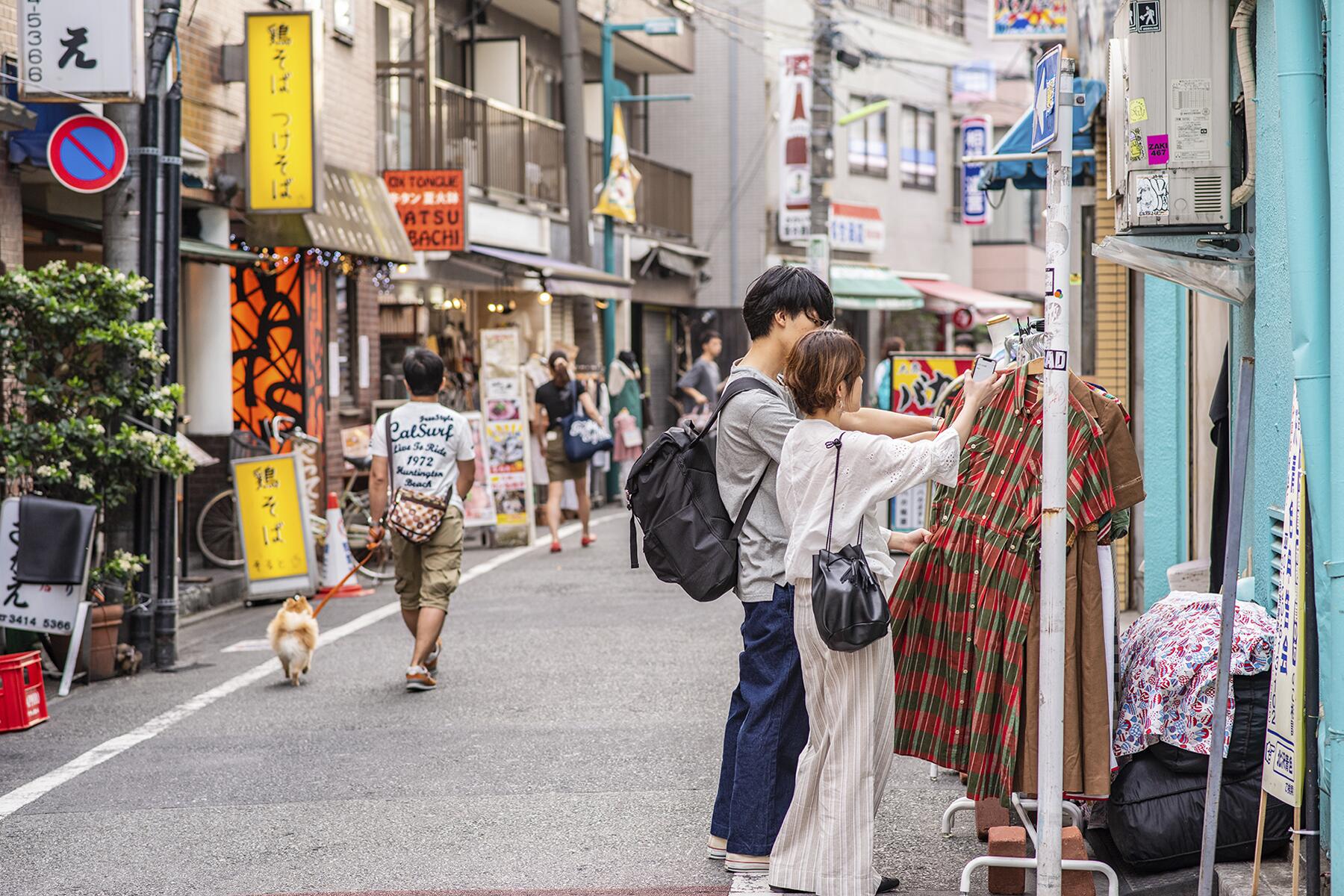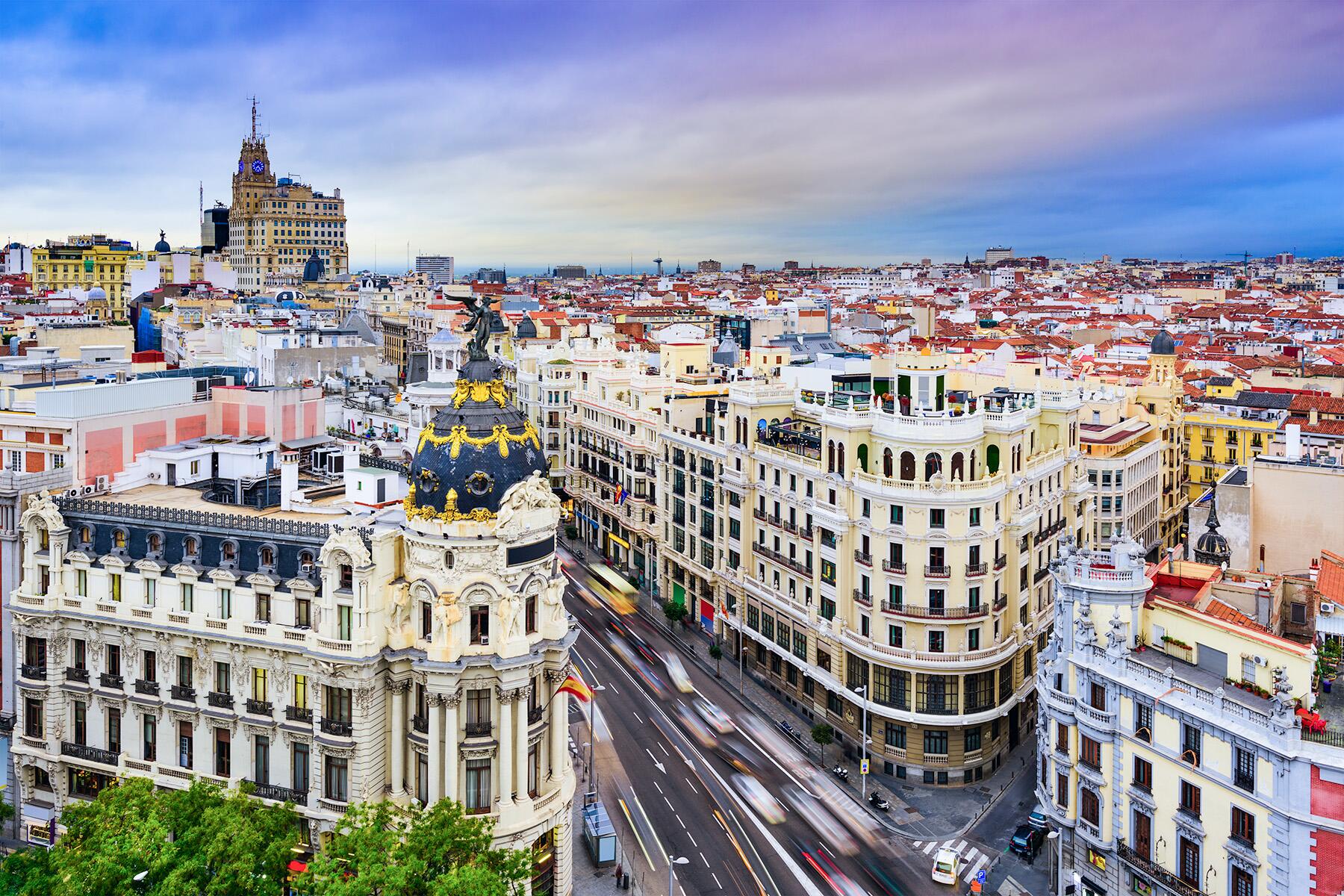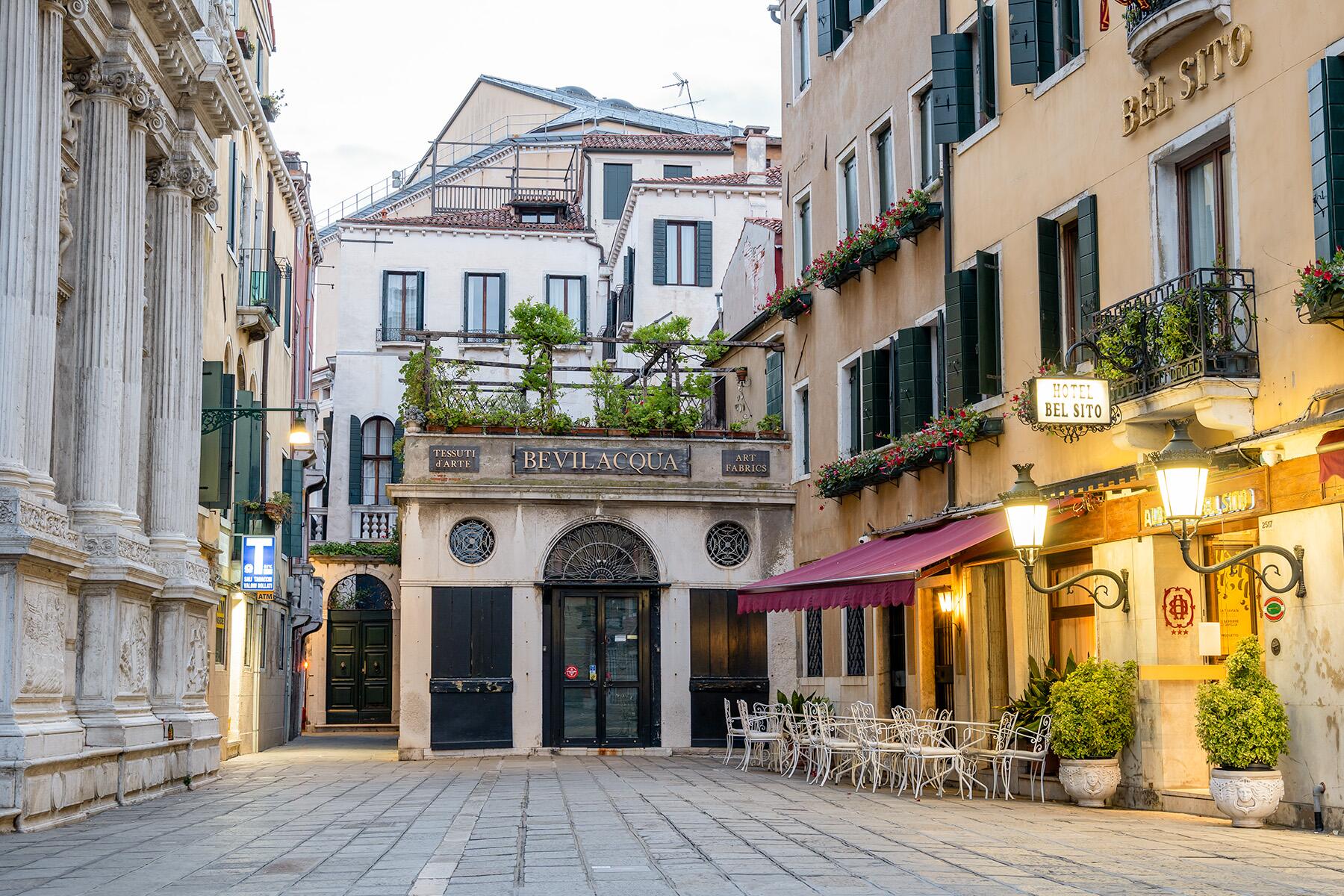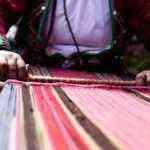The Master Weavers of Choquecancha, Peru, have a long history of craftwork.
Located within the lush, mountainous Lares region of Peru is the extremely remote village of Choquecancha. With a population of about 200 indigenous people, Choquecancha is steeped in history. The remains of a big Inca tambo, or fort, is still located in the main square which serves as a meeting place for locals and produce vendors. Stone homes with tin roofs are nestled high within the valley, while packs of surprisingly well-taken-care-of stray dogs roam the rocky pathways that connect the structures within the village. Those who call Choquecancha home are curiously friendly and welcoming people. They are a community of native Quechua speakers who continue the same cultural traditions that began even before the Incan Empire. One such tradition is textile weaving.





